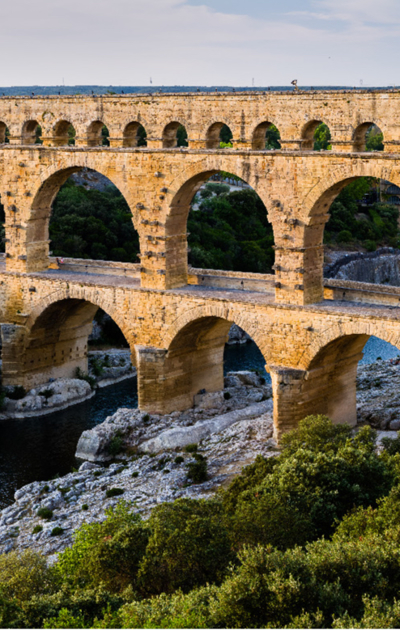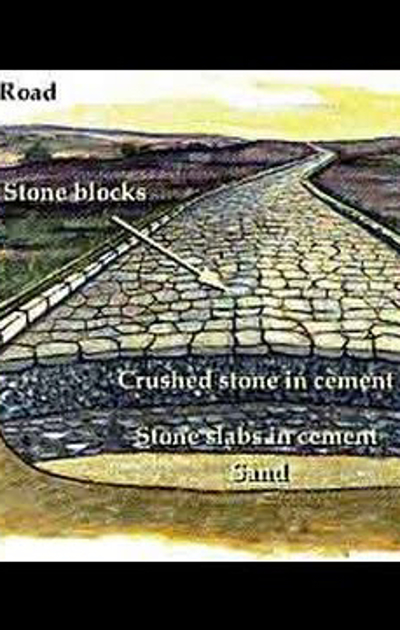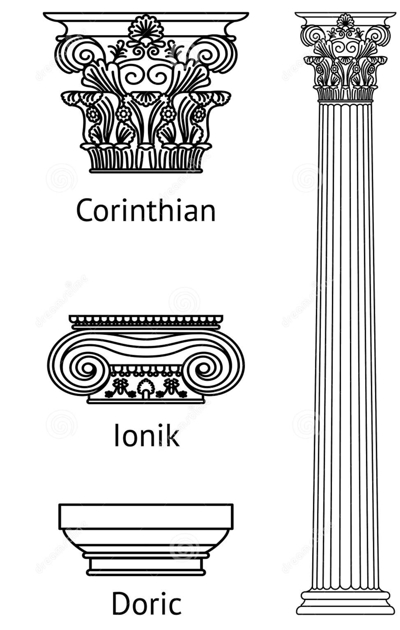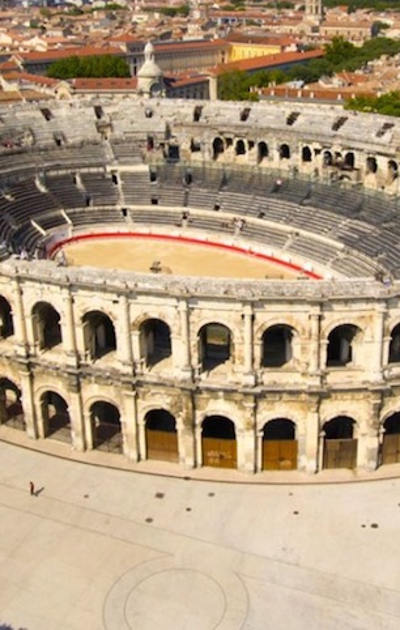Roman Empire
The Pax Romana was a key period for Roman Architecture. Engineering and arts were becoming intuitive and with the discovery of using concrete, the Romans went to work on building on a lot of architecture that would benefit the people and show how creative they can be with concrete. One example of what helped the Romans a lot was the road system. The Romans built durable roads to help the movement of troops and communication within the people of The Roman Empire. The system used to built such durable roads went as follows: sand, stone slabs in cement, crushed stone in cement, and stone bricks. Alongside that is the use of Aqueducts which was used to carry water overland from cities and farms. Furthermore, aqueducts were used to transport fresh water to highly populated areas, and the engineering to create that with the usage of cement helped the Roman Empire a lot with public health because it allowed the drinking water free of human waste. Moreover, the usage of concrete helped the Romans create a lot of things from The Colosseum, bridges, dams, domes, temples, and much more. A famous structure that was built with concrete and is a dome-like structure is The Pantheon. Furthermore, there were three types of architecture used: Corinthian, Doric, and Ionic. Many columns used these styles and are seen on many buildings throughout Rome. The Corinthian style of architecture is usually built as a decorative, bell-shaped capital with volutes, two rows of acanthus leaves, and an elaborate cornice. The Doric style of architecture is usually seen as the simple circular capitals at the top of columns. The Ionic style of architecture can be easily recognized by a stand on a base that separates the shaft of the column from the stylobate or platform while the cap is usually enriched with egg-and-dart. To conclude, the Romans were far advanced in math and engineering which helped them make history.
John lizarazu
5 chapters
20 Jul 2021
Architecture of the Pax Romana
Rome, Italy
The Pax Romana was a key period for Roman Architecture. Engineering and arts were becoming intuitive and with the discovery of using concrete, the Romans went to work on building on a lot of architecture that would benefit the people and show how creative they can be with concrete. One example of what helped the Romans a lot was the road system. The Romans built durable roads to help the movement of troops and communication within the people of The Roman Empire. The system used to built such durable roads went as follows: sand, stone slabs in cement, crushed stone in cement, and stone bricks. Alongside that is the use of Aqueducts which was used to carry water overland from cities and farms. Furthermore, aqueducts were used to transport fresh water to highly populated areas, and the engineering to create that with the usage of cement helped the Roman Empire a lot with public health because it allowed the drinking water free of human waste. Moreover, the usage of concrete helped the Romans create a lot of things from The Colosseum, bridges, dams, domes, temples, and much more. A famous structure that was built with concrete and is a dome-like structure is The Pantheon. Furthermore, there were three types of architecture used: Corinthian, Doric, and Ionic. Many columns used these styles and are seen on many buildings throughout Rome. The Corinthian style of architecture is usually built as a decorative, bell-shaped capital with volutes, two rows of acanthus leaves, and an elaborate cornice. The Doric style of architecture is usually seen as the simple circular capitals at the top of columns. The Ionic style of architecture can be easily recognized by a stand on a base that separates the shaft of the column from the stylobate or platform while the cap is usually enriched with egg-and-dart. To conclude, the Romans were far advanced in math and engineering which helped them make history.




Share your travel adventures like this!
Create your own travel blog in one step
Share with friends and family to follow your journey
Easy set up, no technical knowledge needed and unlimited storage!
© 2025 Travel Diaries. All rights reserved.